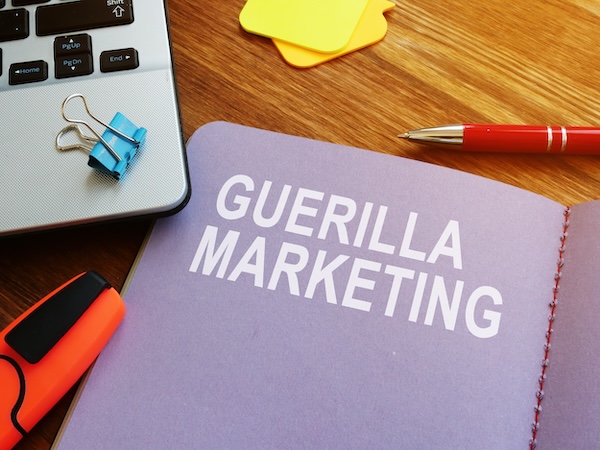If you have or are looking to create a digital presence for your business, then your website could be one of your most important assets. It will set the tone for the way potential customers see your business, whether they choose to engage with your business and importantly whether they complete the goal that you have set for your website.
So, it is vital that you give sufficient thought to and really dive into the detail before you get started with creating your website. Here we look at how to plan a website and how to get the right website structure –important areas to consider and key tasks to complete to keep you on track:
Setting the goals for your website
Choosing which CMS to build your website on
Determining your website structure
Thinking about user experience
Design and imagery
Defining your content
Setting the goals for your website
Here it may be useful to look back at your business plan to define the purpose of having a website.
This boils down to what you want people to do when they land on your website. For example, do you want them to sign up to your mailing list, do you want them to get a quote for your services or do you want them to purchase your products?
Understanding what you want people to do when they come to your site will give you a solid foundation from which to begin planning your website.
As well as an overarching goal, you will also want to define measurable goals – for example, how many visitors to your site do you expect in a month, how many newsletter signs ups, how many sales do you expect or need to make.
1. Define the purpose of your website
2. Set specific targets that you want to achieve
3. Set up an analytics package, such as Google Analytics, on your website so that you can measure results against your targets
Choosing which CMS to build your website on
This will be one of the most important decisions that you make when it comes to the longevity of your website. Websites require regular updating and maintaining so choosing a user-friendly system will be important. But there are also other considerations such as security, features and functionality – can you create an e-commerce section, can you integrate third party features such as google analytics, what are the security features?
Future proofing your website is also important. You may start off with a small number of users but what if your business grows? Your website will need to be able to handle this. Slow websites can be a real put off for customers as can websites that have regular performance issues. Think about bandwidth and web hosting.
1. Do your research
2. Don’t focus on price alone – you may not get the best solution for your business needs
3. Think about the future and how your website may develop
4. Make security a priority
This is a useful blog from Tech Radar about the best CMS’s to consider in 2020.
Determining your website structure
When determining your website structure, make sure that you link this back to your website goals. Include pages that will most meet your business needs and give these pages high visibility.
Creating a visual representation of your website before you set up your site can be useful – this can help define the hierarchy your website will follow. Ultimately you want customers to be very clear over where they will find the content that they are looking for on your website. Categorise your content so that you can group relevant pages together, make sure you URL’s are well structured, and decide which will be your headline categories and which will be subcategories.
As well as helping your customers, site structure will be a vital element of your SEO strategy – a good site structure can help search engines like Google understand where and what your most important web pages are, enabling indexing of your pages in search results.
1. Create a visual representation of your website before starting
2. Give content and pages which help your visitors achieve your goals prominence
3. Ensure that your URL structure reflects your site hierarchy
4. Keep things simple
User Experience
User experience is vital when planning your website. If you do not think about user experience you may find that your site has a high bounce rate – people coming to your website but leaving immediately because they cannot see how to get to the content they are looking for.
Make it as easy as possible for people to find what they are looking for and to navigate around your website.
Design and imagery
Design and imagery can play a big role in user experience as well as ensuring that your website reflects your branding and look and feel of your business.
A well designed, attractive website is likely to perform better than a website which looks busy and not well thought out.
1. Understand design rules – you may want to reach out for expertise in this area. Use of white space, how much content you include above the fold, where you place call to action buttons will all be vital to site performance
2. Consider how you will source your images – you may choose to use sites such as iStock or Shutterstock for example where you can access images for a fee
3. Create design and imagery guidelines for your website – this will help create consistency if multiple people will be updating the site
4. Make sure you design works across multiple devices – with more people accessing websites from smartphones and tablets today make sure your design is seamless and images are optimised to ensure a consistent experience across devices.
Defining your content
Content is king. And when it comes to your website it couldn’t be truer. Content should give your website visitors the information they need.
It can range from:
Product information
Blog posts
Videos
Images
Social media feeds embedded on your site
Customer testimonials
With such a range of content creating a content strategy will give you direction and enable you to product content that people need or want to access.
1. Make sure that your product related content is strong and provides necessary information in a succinct way
2. Expand on this with cornerstone content that provides more detail and information.
3. Create a content strategy to inform the content you will produce and how you will make best use of this content across other channels such as social media
Getting your website right is one of the most important areas when it comes to your business’s digital presence. Don’t make the mistake of thinking it is something which can be achieved overnight – it will require planning, strategic thinking and long-term investment of time and effort to achieve real results.
As specialists in website design and build as well as website optimisation, ACES Marketing are well positioned to help you get your website right first time. And to set you up for long term success with our focus on planning and integration. Chat to us today for more information.



